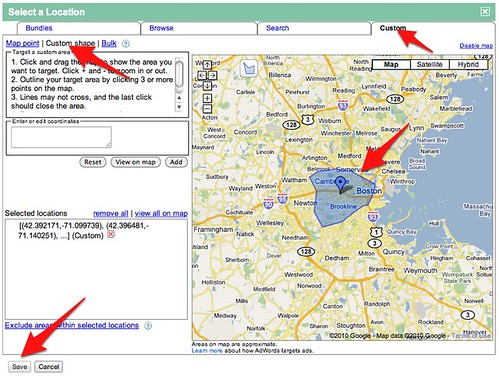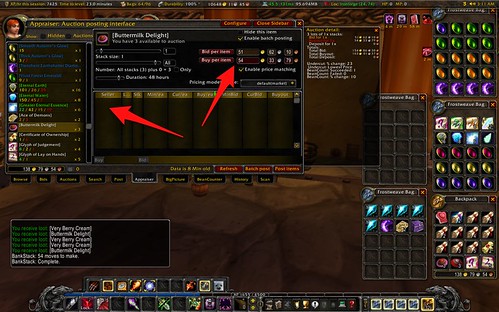Take a look at this photo of the coffee stand here at the office:
It’s bland. It’s boring. It tries to cram everything relevant into one picture so that customers don’t miss anything. It’s taken by someone who knows little to nothing about photographic composition, so it’s shot square on with no sense of depth, perspective, or anything. It is, in other words, a typical photo.
That photo is your standard, typical marketing campaign. This is what most marketing is – a long feature list of stuff, much of which may not even be helpful if you don’t already know what the product is. There’s no clear benefit to prospective customers, much of it is confusing, and because it’s so boring and bland to look at, your customers’ mental ad blocking software bounces your campaign out before they even get a chance to investigate.
Here’s the same coffee stand, the same location, with a slightly different look:
Look how much is missing. All of the extraneous features are gone from the photo. In place of “cram everything into one photo”, we see an intense focus from a radically different perspective. The lens blurs out all the details that aren’t really helpful anyway, and leaves just one or two things in focus. The change in perspective lets you see the coffee stand in a different perspective that you normally would, and makes for a more compelling photo.
This is what your marketing can become. Look at that photo. What’s the central focus – the features of the coffee stand and all the different things you can do at it? No. The central focus is the benefit to the prospective customer – a cup of coffee. The background hints at all your different options, but doesn’t overwhelm you with long lists of stuff.
What could your marketing become if you took away the endless feature lists, if you stripped down your campaigns to focus on just one benefit, if you went at that one benefit from a different perspective than what the committee of marketers usually comes up with? What if you took the risk of focusing only on what was essential – the benefit to the customer – and put away everything else?
It’s not easy, either in photography or in marketing, to take away until only the essence is left. It’s counterintuitive, especially when you have a great product or service that has tons of features and really cool aspects, to want to exclude most of them from the customer’s first look. The rewards, however, make it worthwhile – a much more compelling photo that draws in the eye, and a much more compelling marketing campaign that draws in the customer.
What will your focus be in your next marketing campaign? Whatever it is, I hope you take the risk, take your shot, and show the world just the essence of what you have to offer.
Did you enjoy this blog post? If so, please subscribe right now!
Get this and other great articles from the source at www.ChristopherSPenn.com! Want to take your conference or event to the next level? Book me to speak and get the same quality information on stage as you do on this blog.
















